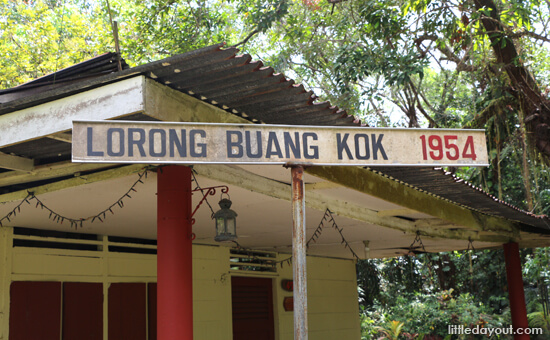
“Can we leave now?” whined the kids as we walked along the narrow gravel road winding past the wooden houses.
Not exactly the reaction I had hoped for, but certainly not unexpected either.
Conditioned to the cool comforts of shopping centres and fast-paced amusements of kid-tailored attractions, the heat of the approaching mid-day sun and loose sand creeping into their shoes didn’t make the outing to mainland Singapore’s last kampong a walk in the park.
Kampong Buangkok is an eye-opener for kids. While my own childhood memories include a little kampong shop where I would go to buy (the now banned) “tattoo chewing gum”, kids growing up in present-day Singapore do not have any such point-of-reference. Instead, convenience store chains and regularly cleaned sidewalks are the order of the present day.
Year-end Holiday Camps: Discover Fun and Exciting Camps for Kids; Book Early
Dec Fun: Get the Best Ideas for the School Holidays
Kampong Buangkok throws them back to a different time. It was first established in 1956 when Sng Teow Koon, a traditional Chinese medicine seller, bought the piece of land it now sits on. In the 1960s, it was home to as many as 40 families, many of whom worked at the nearby Woodbridge Hospital or factories. The kampong occupies roughly three football fields and it is still privately held by Mr Sng’s descendants. Today, less than 30 Chinese and Malay families call it home.
In contrast to the high-rises that carpet Singapore, the kampong’s single-storey houses are made of wood and roofed in zinc. Cats, dogs and chickens roam around freely in the village and during our visit, the occasional crowing of a cockerel was the only sound that interrupted the kampong’s tranquil atmosphere.
It is important to note that these are homes and due respect needs to be accorded to the properties in the kampong by not trespassing, just as one would not to any other home.
In addition to the wooden houses, another rare sight in the kampong is the mess of electric cables suspended overhead. I asked the kids to imagine what it must be like to live in a kampong and this quickly got them indicating their preference for more modern dwellings.
The visit lasted no more than 20 minutes, after which, under duress from the kids, I packed them into the car and proceeded to leave Singapore’s past behind.
On the journey back to modernity, I quietly asked the kids what they had learnt from the visit.
To start things off, I shared that such villages were once common throughout Singapore. I also explained that there was a time when it was not unusual for people to live in kampongs (in fact, their own grandparents had grown up in kampongs). This led to a discussion about how much Singapore had progressed over the years.
I tried to impress on them that such progress was not something to be taken for granted but the outcome of a generation’s toil and efforts. The lesson for them to take away was that if they wanted to achieve anything, they should also not take things for granted but to be prepared to work hard to get what they wanted and to progress.
The conversation went on to what it must be like living in a kampong, what is the “kampong spirit” and even about kampong games. This gave them a better perspective of Singapore’s past.
To me, the value of the excursion was the exposure it provided the children to a fast-disappearing side of Singapore. Kids grow up in a priviledged world nowadays. The visit allowed them to gain an understanding that there is more to the world than just clinical concrete buildings and squeaky glass towers. Upon reflection, they even said that they enjoyed the kampong visit as it allowed them to experience a spot of nature and “to see butterflies”.
So, am I glad that we paid a visit to Kampong Buangkok?
Yes, of course. Rather than being stuck indoors or in front of a screen, the outing to Kampong Buangkok, even though not an obvious one for the kids, was nevertheless a worthwhile one. It was a chance to share an out-of-the-ordinary experience together and to gain something that we could look back on and talk about.
While I’m not sure how much longer Kampong Buangkok will be able to resist the encroachment of urban Singapore, the shared memories of that short visit will remain with my kids and me for a long time to come.
How To Get To Lorong Buangkok
Kampong Buangkok is located off Gerald Drive which is located off Yio Chu Kang Road. If coming by car, look out for the handwritten, white sign pointing to the Surau.
The closest bus stop is along Yio Chu Kang Road, opposite Church of St. Vincent De Paul. Buses at this stop include 70, 103 and 854.
Here is a Google Map link showing where Kampong Lorong Buangkok is located.



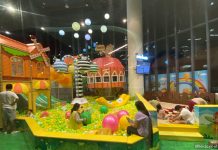

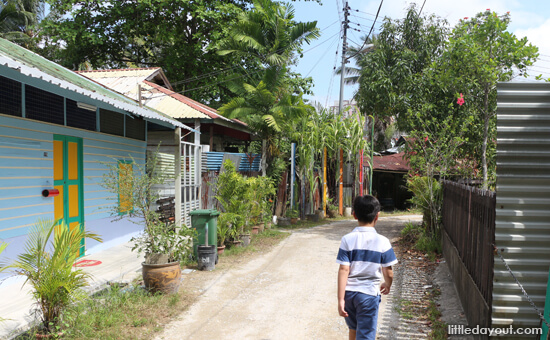
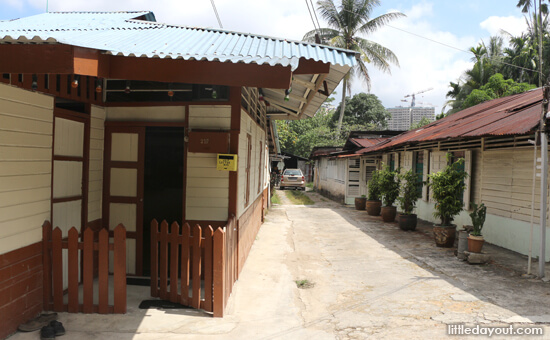
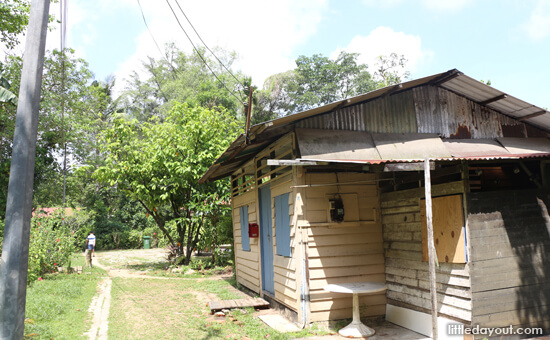
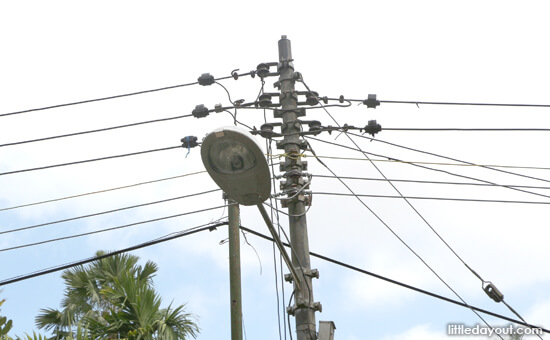
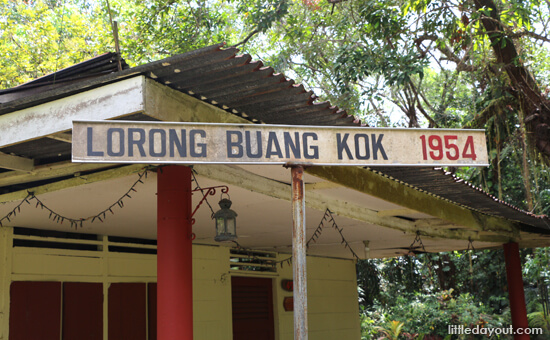
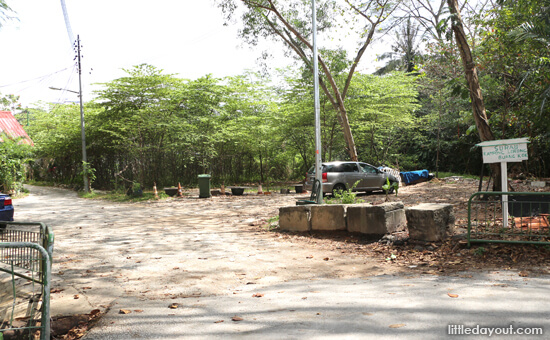

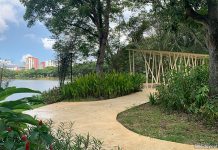



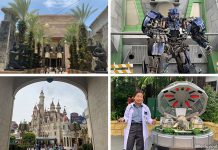


![[Updated] 53 Best Free Outdoor Playgrounds In Singapore For Kids 50 Best Free Outdoor Playgrounds In Singapore For Kids](https://www.littledayout.com/wp-content/uploads/outdoor-playgrounds-01-218x150.jpg)



